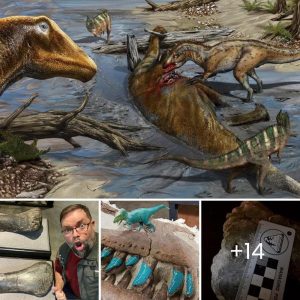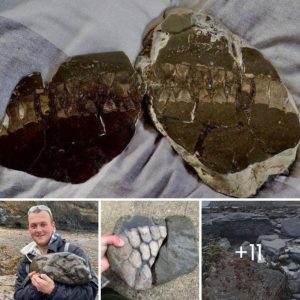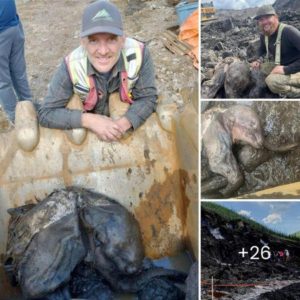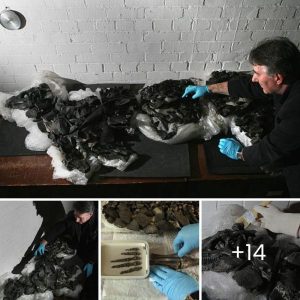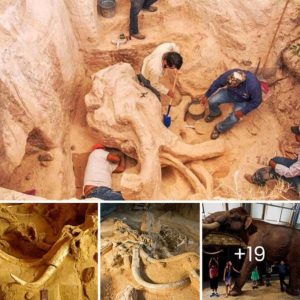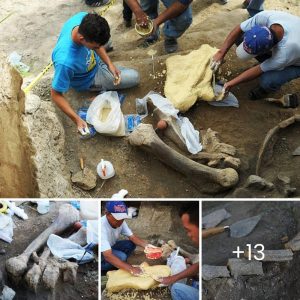In the depths of the ocean, a shocking revelation has captured the imaginations of many—a mysterious civilization lying hidden beneath the sea surface. The discovery of a submerged city dubbed the “Egyptian Atlantis,” has sent ripples of surprise through the scientific community and beyond.
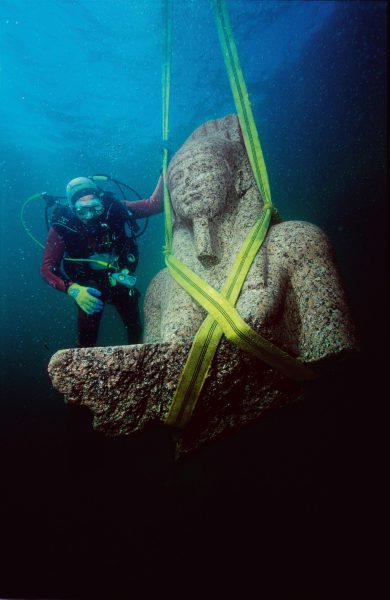
Off the northern coast of Egypt, submerged for over 1,200 years, lay the remnants of an ancient sunken city, now revealed as the “Egyptian Atlantis.” The site remained concealed until its rediscovery in 2000, thanks to advances in underwater exploration technology.
The city of Heracleion, mentioned in ancient texts, was once a bustling port city, a gateway to the Nile River and a major international trade hub. Its existence was thought to be legendary, lost for millennia until marine archaeologists stumbled upon its underwater ruins.
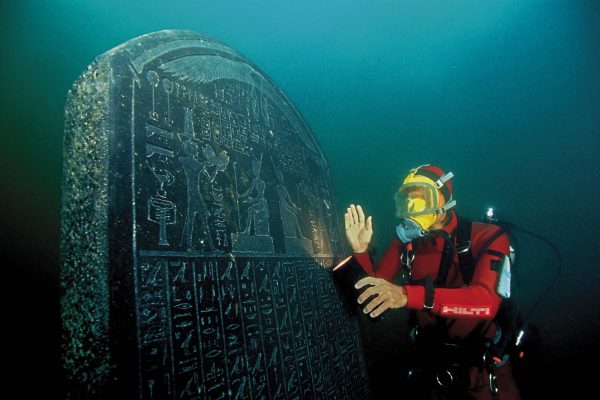
Dramatic images of colossal statues, towering columns, and intricate artifacts emerged from the sunken ruins, showcasing the city’s former grandeur. The remains of ancient temples, a 2,000-year-old pottery factory, and bronze coins from the reign of King Ptolemy II (283 to 246 BC) were among the treasures discovered.
Heracleion’s last known mention in historical records dates back around 1,200 years ago. Situated at the entrance to the Nile River, the city served as a crucial international trade and transit point, boasting twin statues, monumental temples, and a maze of bustling canals.
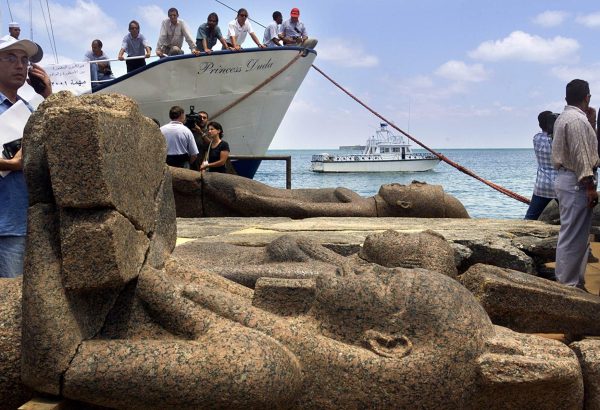
The sunken city’s preservation over centuries, buried beneath layers of Nile silt, has provided archaeologists with a unique opportunity to uncover the past. Using high-tech scanning devices, researchers have mapped the submerged settlement and revealed a cityscape frozen in time.
The underwater excavation has unearthed a wealth of artifacts, including statues, anchors, and pottery. A French scientist, leading the underwater archaeological mission in the 1990s, initiated the exploration that ultimately led to the rediscovery of Heracleion.
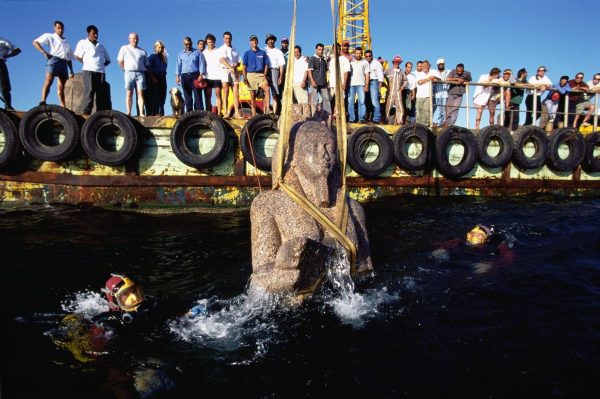
The city’s layout, complete with canals that allowed boats to collect goods directly from the waterways, is reminiscent of ancient Greek city planning. Heracleion is believed to have played a crucial role in trade, serving as a hub for goods from all corners of the ancient world.
Heracleion’s demise was linked to rising sea levels that eventually engulfed the city, causing it to sink beneath the waves. Over the past 15 years, scientists have diligently explored the sunken city, unraveling its mysteries and shedding light on the ancient civilization that once thrived along the shores of the Mediterranean.
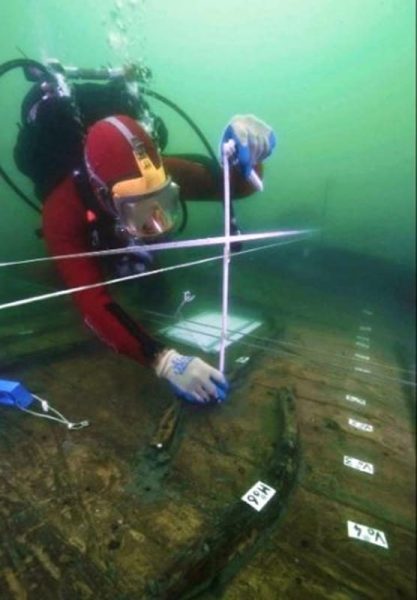
Archeologists continue to marvel at the well-preserved artifacts, including a trove of 64 ships, 700 anchors, and a treasure trove of gold coins and jewelry. The remnants of an ancient Greek temple, standing 16 feet tall, and the remains of a huge temple to the god Amun-Gereb have added further layers to the unfolding narrative.
This extraordinary discovery challenges our understanding of ancient civilizations and invites us to contemplate the mysteries concealed beneath the ocean’s surface.
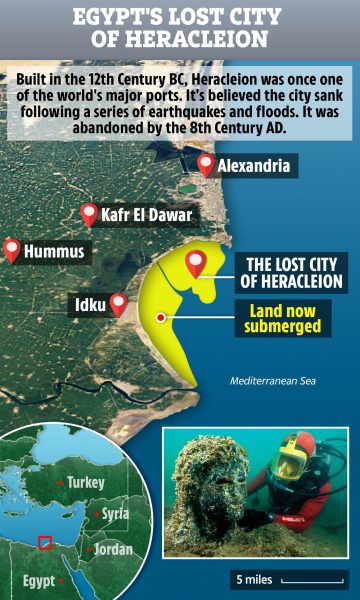
As archaeologists endeavor to piece together the story of Heracleion, the sunken city stands as a testament to the enduring allure of the past, waiting to share its secrets with those willing to dive into its depths.
